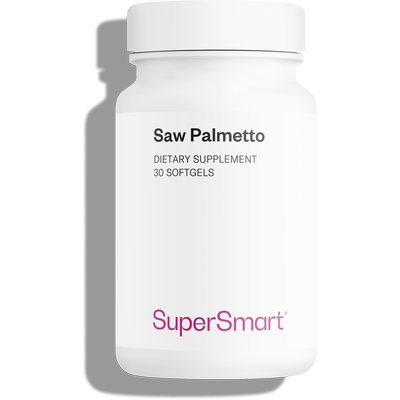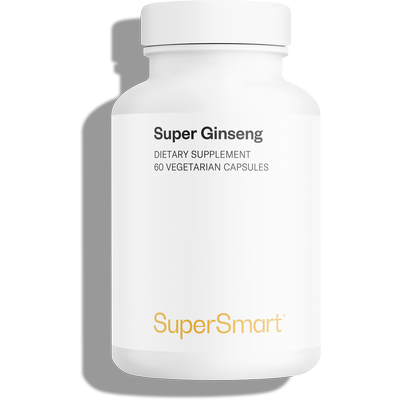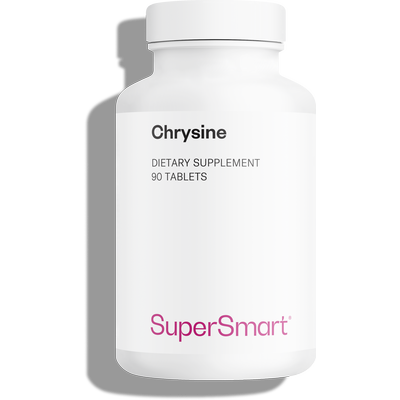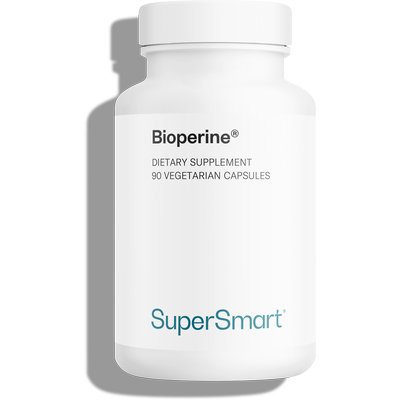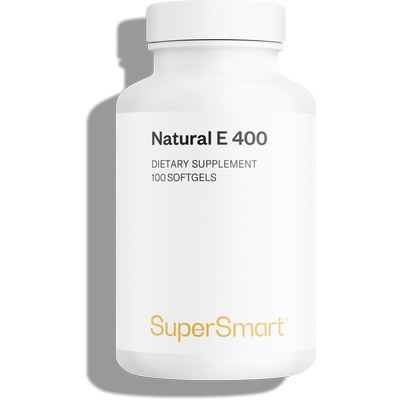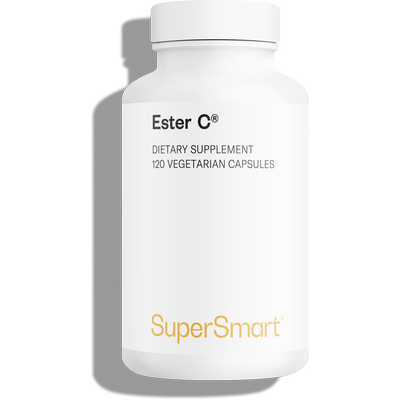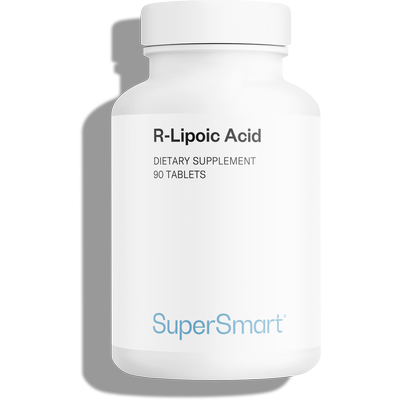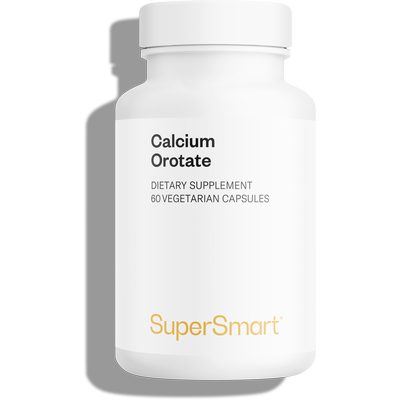30-01-2017
How to choose good quality and effective nutritional supplements
 The fast-growing popularity of nutritional supplements has been mirrored by an equally rapid increase in the number of products available. Nowadays, faced with such a wide selection of locally-produced and imported nutritional supplements, marketed under a variety of brand names, the problem is how to tell which products are safe and effective.
The fast-growing popularity of nutritional supplements has been mirrored by an equally rapid increase in the number of products available. Nowadays, faced with such a wide selection of locally-produced and imported nutritional supplements, marketed under a variety of brand names, the problem is how to tell which products are safe and effective.
First and foremost, it is vital to prioritise nutritional supplements made from pharmaceutical-grade raw materials and/or standardised phytonutrients, produced in accordance with good manufacturing practice (GMP). Secondly, the presence of molecules with scientifically-demonstrated efficacy, the best-absorbed chemical forms, appropriate doses, and the most suitable galenic forms are also among the factors that mark out a safe and effective supplement .
The primary definition of a nutritional supplement is that it complements what we get from our diets. It contains one or more ingredients, including vitamins, minerals, plant extracts, amino acids, essential fatty acids, probiotic enzymes and proteins.
RDA and effective doses
Recommended Daily Allowances exist for certain ‘essential’ nutrients. These correspond to the absolute minimum amounts of vitamins and minerals needed to prevent deficiency and related diseases such as scurvy, beriberi or pellagra. They are the minimum levels required to maintain biological function in healthy individuals.
However, our nutrient requirements can increase in certain situations, such as in the case of premature birth, metabolic disorders, infection, chronic disease or when taking medication. Environmental factors such as stress, pollution and sun exposure can also increase our nutritional needs.
Set at levels designed to prevent deficiency-related diseases, RDAs are not an indication of what we need to stay healthy, strong and energetic, nor to ward off age-related diseases - especially as individual needs vary.
More than 20,000 studies (US National Library of Medicine) highlight the health benefits of taking vitamins and minerals at levels considerably higher than RDAs. What in the US is called a No Adverse Effect Level (NOAEL) corresponds to a dose deemed to be sufficiently safe that no adverse effect has been observed when taken over a long period. Such a dose is classified as safe after thorough, detailed analysis of all scientific data available across the world for several years.
For other nutrients included as ingredients in nutritional supplements, it is necessary to rely on the toxicity tests carried out regularly by certain suppliers, as well as on clinical studies, in order to know which doses are effective and safe.
Good Manufacturing Practice (GMP)
Nutritional supplement manufacturers are responsible for guaranteeing that their products are safe and effective. This means that from the purchase of raw materials through to the product reaching the consumer - via each stage of production and storage - they must ensure that optimal quality is maintained.
A large number of nutritional supplement manufacturers comply with what are called “good pharmaceutical manufacturing practices”, which are more rigorous than those recommended in the nutritional supplement industry. The regulations governing these good manufacturing practices are drawn from ISO-9001 norms and aim to specify conditions and criteria relating to the installation, organisation and management of the company, processes and conditions for implementation, procedures, responsibilities, equipment and arrangements necessary to guarantee basic quality.
These good manufacturing practices are fundamental to a product’s quality and safety and encompass a raft of regulations on the production environment, the handling and processing of raw materials as well as practices ensuring hygiene control and working conditions. They use the Hazard Analysis and Critical Control Points (HACCP) approach of risk identification, analysis and control, developed in the 1960s in the USA by NASA in order to minimise the risk of contamination of astronauts’ food.
It is a structured approach to controlling a product’s safety, from the raw materials’ site of production or cultivation (in the case of plant products) through to its consumption. The aim is to identify any elements in the production process likely to lead to contamination (biological, chemical or physical), in such a way as to enable adequate measures to be established that guarantee effective risk control. Adhering to these good practices in the manufacturing chain means that at critical points in the process, risks are identified, monitored and controlled, thus guaranteeing the safety of the end product.
The ISO 9000-2000 Guide produced by the International Standardisation Organisation (ISO) enables a total quality control system to be implemented in order to guarantee that a product meets consumer requirements. When a product’s health and safety characteristics are identified and a system of nutritional supplement health and safety is defined, a worldwide quality control system can be put in place.
External, government-accredited certification bodies ensure a company’s compliance with the various requirements stipulated in the specifications, which are laid out in different chapters and appendices.
Pharmaceutical grade raw materials
The quality of the final product depends largely on that of the raw materials. There are still all too often reports in the press about nutritional supplements that contain impurities, toxins or excessive traces of heavy metals.
The use of pharma-grade raw materials signifies that the manufacturer has an understanding of - and has verified - their chemical, biological and microbiological quality. Strict rules governing the purchase of raw materials provide these guarantees of quality.
Every transaction between the ingredient supplier and the manufacturer must be accompanied by a Certificate of Analysis, which provides information on the identity, quality, purity and origin of the raw material supplied. This also ensures the raw material meets the manufacturers’ selection criteria. Depending on the type of raw material and the stage of manufacturing, this Certificate may include the following information:
-
- identity of the product with its name, batch number, manufacturer, date of manufacture and expiry date;
- source of the product with country of origin, scientific or botanical name, part of the plant used (root, leaf, stem, flower, fruit, resin, bark, seed), indication that it is of plant origin;
- type of product : raw material, powder, granules, plant extract, standardised extract, indication that it has an official monograph;
- method of identification;
- chemical properties : smell, colour, taste, appearance, density, particle size, pH, solubility, viscosity and refraction index;
- chemical methods and assays : active constituent markers, purity, titration;
- impurity: foreign matter, heavy metals, natural toxins, pesticide/fungicide residues;
Some raw material suppliers also conduct research and are able to certify, with supporting evidence, that their ingredient is effective, behaves as they say it does and poses no risk to the consumer. Such evidence includes, in particular, toxicity, pharmacokinetic and bioavailability tests.
Standardised plant extracts
The nutritional supplement market includes many plant-based preparations but there are significant variations in their quality and efficacy. Some use recognized plant names simply for marketing purposes and their supplements do not necessarily contain the active ingredients you might reasonably expect. Only standardised extracts provide an appropriate amount of active principles in each unit consumed.
A standardisation process guarantees that each batch will always contain an identical concentration of active principles. This is ensured by the use of a particularly rigorous sequence of dosages and controls. Thus, in the case of Panax ginseng for example, the high-pressure liquid chromatography method used provides information on the amount of the various active principles, the ginsenosides, and their concentration in the manufactured ginseng extract. This method is used for the standardisation of the active substance, quality control and analysis of the final product.
Choosing the most effective chemical forms
While defining the right doses and selecting top quality raw materials are crucial, manufacturers must also pay close attention to the chemical forms of the nutrients they choose. The choice of molecules, plant extracts, or combinations of molecules is very important - indeed the efficacy of a nutritional supplement depends on it.
Certain forms will be more powerful, better-absorbed or have greater bioavailability than others. In addition, some ingredients need other nutrients to ensure optimal absorption. This is particularly so with chrysin which is absorbed more effectively when combined with a pepper extract called piperine.
Some nutrients have chemical forms that offer advantages over other forms. A mix of tocotrienols, for example, offers benefits not found in the tocopherol form of vitamin E and vice versa. Likewise, natural-source vitamin E has much greater bioavailability than its synthetic counterpart. The same is true for ester-C which appears to be significantly more bioavailable than other forms of vitamin C. This is also the case with alpha-lipoic acid: when you take a nutritional supplement containing synthetic alpha lipoic acid, the two enantiomers are absorbed into the bloodstream and transported to cells. But (R)-ALA is much more bioavailable than (S)-ALA and the total amount of (R)-alpha lipoic acid delivered to plasma over time is 60% to 85% greater than that of the (S) form that finally reaches plasma. Even more importantly, studies show that the natural form of alpha-lipoic acid is much better absorbed by tissues.
Minerals have varying degrees of bioavailability and absorption by the body depending on the mineral salts used. In the orotate form, they have a particularly high bioavailability.
Taking a probiotic that consists of live bacteria unable to survive the journey to the digestive tract where they exert their effects, is clearly of little benefit.
The biological activity of certain active principles depends on their bioavailability which varies largely according to the sources from which they are extracted. This is the case, for example, with quercetin. One study compared the bioavailability of quercetin from onions with that from tea. Nine subjects followed a quercetin-free diet for 12 days, and on days 4, 8 and 12, were given a supplement of fried onion (rich in quercetin glucosides, equivalent to 89mg quercetin), or tea (rich in quercetin rutinoside, equivalent to 100mg quercetin), or 100mg quercetin. The researchers found that the absorption of quercetin glycosides from onions was 52%, while that of the quercetin rutinoside and quercetin aglycon was was 17% and 24% respectively.
Evaluating safety and health benefits
Scientists use various approaches to evaluate a nutritional supplement’s risk of toxicity and potential health benefits, including examining its history of use as well as laboratory studies on cells or animal models. Human studies (observational or clinical trials) can provide information in relation to the way the supplement should be used. Researchers can also carry out a systematic review of the scientific literature to summarise and evaluate a number of clinical trials in relation to certain criteria. A meta-analysis is a review that combines statistical analysis data from several studies. Together, these approaches allow reliable conclusions to be drawn about the efficacy and safety of a nutritional supplement.
In contrast, individual testimony that has not featured in scientific articles or editorials should be viewed with caution in terms of evaluating the reliability of any new nutritional supplement.
Different types of study
¤ Intervention studies
The best type of intervention studies are controlled, randomised, clinical trials where subjects with a similar profile are randomly assigned to receive - or not - the intervention - in other words, the nutritional supplement(s) to be evaluated. In a double-blind, placebo-controlled study, neither the researchers nor the subjects know whether they are receiving the treatment or a placebo. Such studies enable scientists to determine whether a new nutritional supplement that has shown promise in animal tests in the laboratory is an effective and safe way of delaying or preventing the development of a particular age-related disease.
¤ Observational studies
These can be either prospective or retrospective. In the former, researchers recruit subjects and observe them before results are obtained. In the latter, they review the subjects recruited into their study and interview them once results are in.
Cohort studies compare results from subjects who have been exposed to something specific, with those from subjects not exposed.
In case-controlled studies, participants suffering from a disease are compared with healthy individuals (the control group).
In cross-sectional studies, comparisons are made, at a given moment, between subjects suffering from a disease and exposed to something specific, and healthy individuals who have not been subjected to the same exposure.
¤ In vitro and animal studies
These studies often provide information on the mechanisms of action and the specificity of an active principle or nutritional supplement, as well as on the process responsible.
Depending on the galenic form used, identical ingredients can have widely varying efficacy. A good galenic form preserves the active principles as much as possible by protecting them against modifying factors, improves the activity period of the active principle, and masks unpleasant odours or tastes. When it comes to fat-soluble nutrients, which are always absorbed better in a lipid carrier, soft capsules or softgels are the best choice.
Order the nutrients mentioned in this article
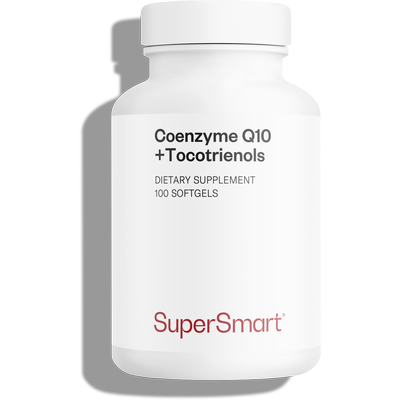
Licaps CoQ10-tocotrienol synergy - the key to cardiovascular health
www.supersmart.com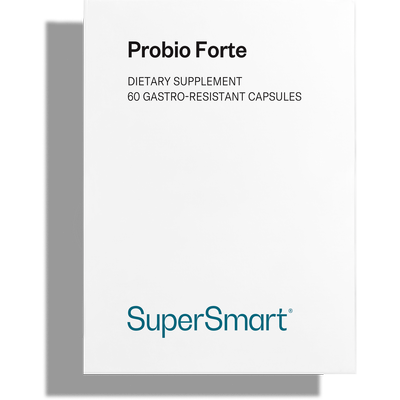
Probiotic mix; 8 billion microorganisms per capsule. In gastro-resistant capsules for optimum efficacy
www.supersmart.com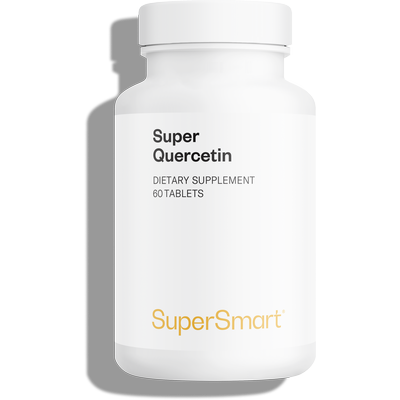
A pure source, optimal concentration and a wider range of properties
www.supersmart.comFurther reading
19-09-2016
The results of clinical research published over the last fifteen years highlight the many beneficial effects of probiotics. They appear to have both preventive and...
Read more14-03-2017
Allergies affect between 30% and 40% of the world’s population. They have multiple causes and take various forms such as food allergies, allergic rhinitis, asthma,...
Read more20-02-2017
Recent research could improve our understanding of the origins of Crohn’s disease, a rare and highly complex condition characterised by chronic inflammation of the intestines....
Read more© 1997-2026 Fondation pour le Libre Choix
All rights reserved
All rights reserved
Free
Thank you for visiting our site. Before you go
REGISTER WITHClub SuperSmart
And take advantage
of exclusive benefits:
of exclusive benefits:
- Free: our weekly science-based newsletter "Nutranews"
- Special offers for club members only



